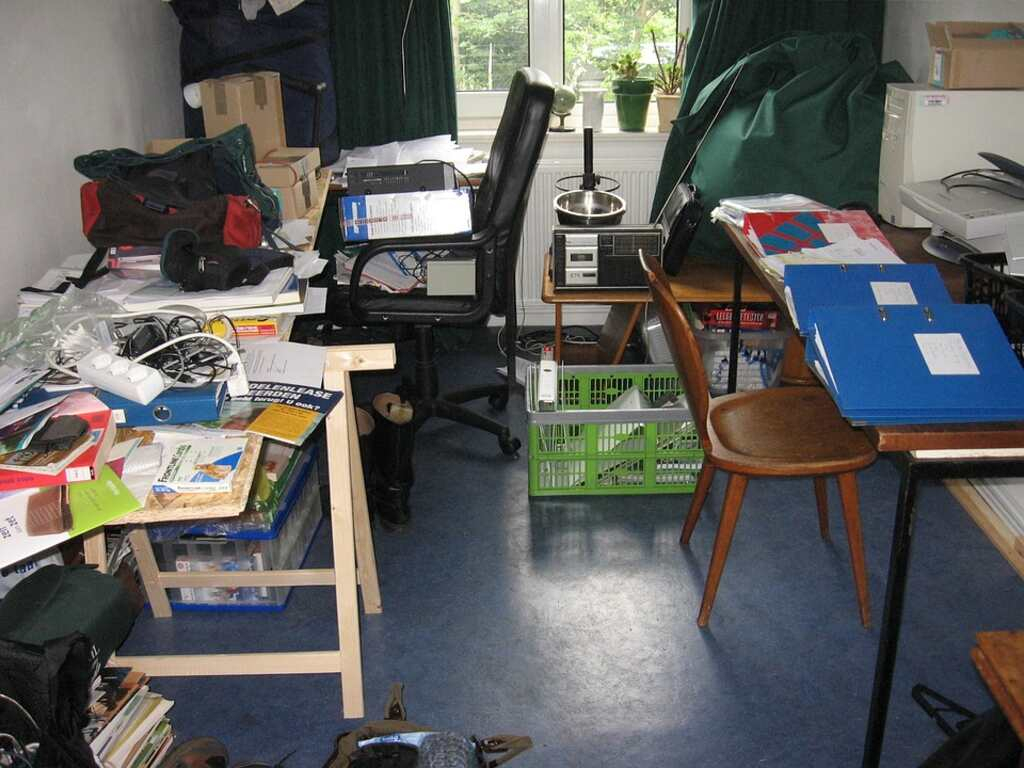A cluttered home can be stressful, making it hard to relax or find what you need. In contrast, an organized space enhances functionality and creates a sense of calm and order.
Whether dealing with a small apartment or a large family home, there are practical steps you can take to streamline your surroundings and make every corner work for you. Thus, below are actionable ways to declutter and optimize your living space.
Practical Ways to Organize Your Home
Create Zones for Activities
Designating zones within your home for specific activities can significantly reduce chaos and improve functionality. For example, interior designers like bossdesigncenter.com can help you create a workspace with a desk, chair, and office supplies for remote work or studying. Similarly, you may need a play area with storage for toys to keep children’s belongings contained.
In addition, relaxation zones, like reading nooks or cozy corners, can provide a sense of calm and balance to your home.
Declutter and Purge Regularly
One of the most effective ways to make your home feel more organized is by decluttering and purging regularly. Keeping items you no longer use or need only adds to the chaos and makes it harder to maintain a tidy space. Start by assessing each room with a critical eye, asking yourself whether you’ve used an item in the past year. If not, it might be time to let it go. Known as the one-year rule, this method can help you make clear decisions without overthinking.
Keep a donation bin handy as you sort through your belongings, and consider setting a monthly or seasonal schedule for decluttering. Professional Organizing Plus offers expert decluttering services to help you maintain an organized and stress-free home environment.
Maximize Storage Space
Making the most of your storage options is key to maintaining a tidy home, especially in smaller spaces. Start by looking for underutilized areas, such as under the bed, behind doors, or on walls. Under-bed storage containers are ideal for seasonal clothes, shoes, or bedding, keeping them out of sight but easily accessible. Further, adding shelving units can free up valuable floor space while providing a place to display or store items neatly.
Multi-purpose furniture, like ottomans with hidden compartments or beds with built-in drawers, can be game-changers for maximizing storage. In addition, vertical storage solutions, like tall bookcases or hanging racks, help you make the most of the height while reducing clutter at eye level.
Establish a Designated Place for Everything
Assigning a specific spot for your belongings is one of the simplest yet most transformative habits for maintaining an organized home. It helps you find things and avoid creating random piles of clutter. Common trouble spots, like keys, mail, and remote controls, are great places to start.
Thus, use a small tray or bowl near the entrance for keys and a wall-mounted organizer for incoming mail. Consider using labeled containers, baskets, or drawer dividers for smaller items, such as office supplies, toiletries, or kitchen tools. Clear labels help everyone in the household know where things belong, making it easier to maintain order.
Develop Daily Habits
Developing daily habits can keep your home consistently tidy without overwhelming you. One effective routine is tidying up every evening. Spend 10 minutes before bedtime putting away items and resetting your home for the next day.
Another useful habit is designating a specific time each day to address high-traffic areas, like the kitchen counter or living room. This could include clearing surfaces, folding blankets, or reorganizing toys. These small, regular efforts prevent clutter from building up and make deep cleaning less daunting.
Use Smart Organizational Tools
For instance, over-the-door organizers are perfect for small spaces, offering extra storage for shoes, toiletries, or cleaning supplies without taking up additional room. Further, stackable bins are great for creating order in closets, garages, or pantries, while drawer inserts keep smaller items like utensils or makeup neatly contained.
Choose tools that match your needs, and avoid buying unnecessary gadgets that might add to the clutter. The goal is to make your belongings more accessible and your space more functional while maintaining a clean and cohesive look.
Embrace Digital Organization
Digitizing documents, photos, and other records can free up space. Therefore, scan important papers and store them in cloud storage, making them accessible without taking up room in your drawers.
Apps for task management, budgeting, or meal planning can also help you streamline your routines. Organizing your digital life reduces the stress of misplaced files and ensures you have everything you need at your fingertips without the physical mess.
Decorate Minimally
A minimalist approach to decorating can make your home feel more spacious and organized. Avoid overcrowding surfaces with too many knick-knacks or decorative items, as they can create visual clutter. Instead, focus on a few statement pieces, such as a large piece of wall art or a single centerpiece for your coffee table.
Keeping decor simple allows your space to feel open and calming. Neutral color palettes and clean lines also contribute to an overall sense of order.
Conclusion
Implementing the practical strategies above can transform your home into a more peaceful and efficient environment. Start small, stay consistent, and watch how simple changes lead to lasting results. In addition, set up regular decluttering days, such as once a month, to reassess and tidy your space. This prevents items from piling up and keeps your home feeling fresh.
A cleaning schedule can also help you stay on top of tasks without becoming overwhelmed. Divide chores into daily, weekly, and monthly tasks, and stick to the plan. By committing to these systems, you’ll ensure your home remains a place of peace and functionality.

